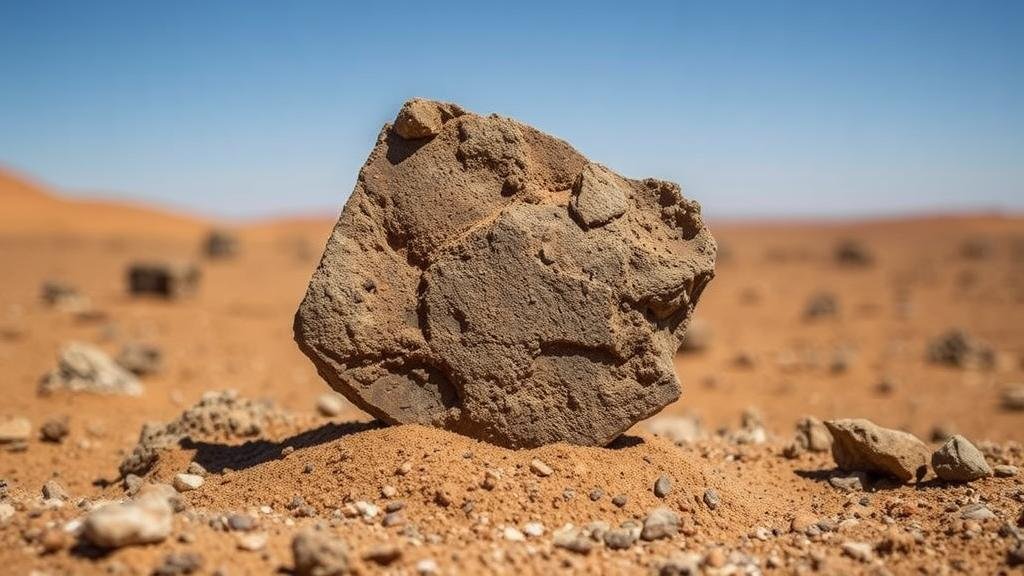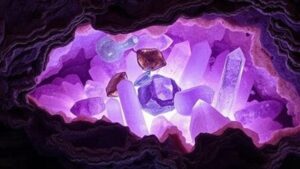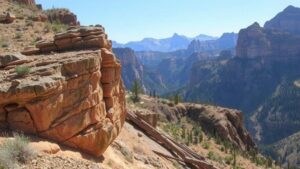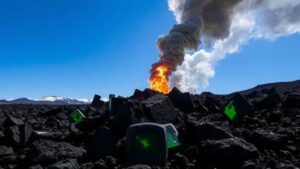Excavating ancient meteorite fragments in Namibia’s expansive deserts.
Excavating Ancient Meteorite Fragments in Namibia’s Expansive Deserts
For rockhounds and mineral collectors, few experiences rival the thrill of unearthing meteorite fragments in the arid landscapes of Namibia. Renowned for its unique geological features and rich mineral deposits, Namibia offers enthusiasts a rare opportunity to explore and collect remnants of the cosmos. This article delves into the captivating world of meteorite hunting in Namibia, detailing the science behind these celestial treasures and offering practical guidance for collectors.
The Allure of Namibian Meteorites
Namibia’s deserts are home to some of the most sought-after meteorite finds, including the famous Hoba meteorite–the largest known intact meteorite on Earth, weighing approximately 60 tons. Discovered in 1920 near Grootfontein, the Hoba meteorite is an iron meteorite classified as an uncategorizable group. It presents a significant case study for scientists due to its size and preservation.
Beyond the Hoba, the countrys ranging terrains offer a variety of other meteorites, such as:
- Swakopmund Meteorite: A rare example of a winonaite, notable for its distinct silicate-iron composition.
- Gibeon Meteorite: Found in the Gibeon region, this iron meteorite consists of high-nickel alloy and is highly sought after by collectors.
Understanding Meteorite Classification
Meteorites are categorized into three primary types based on their composition: stony, iron, and stony-iron. Each type presents distinct characteristics that appeal to different collectors:
- Stony Meteorites: Composed mainly of silicate minerals; these include chondrites and achondrites. For example, the NWA (Northwest Africa) 7533 is a notable lunar meteorite.
- Iron Meteorites: Comprised largely of metallic iron and nickel; examples include the Gibeon meteorite, renowned for its Widmanstätten pattern.
- Stony-Iron Meteorites: A hybrid group containing both metal and silicate minerals, such as the pallasites, known for their brilliant olivine crystals.
The Science Behind Meteorite Hunting
Locating meteorites in Namibias vast deserts involves a blend of scientific knowledge and practical skills. Here are some essential aspects:
- Geomorphology: Understanding the landscape, such as dry riverbeds or areas with minimal vegetation, can increase chances of finding meteorites.
- Magnetometry: Because many meteorites contain iron, using a magnet can help detect them, particularly in sandy terrains where they might be buried.
- Weathering Patterns: Meteorites often display unique weathering patterns and colors contrasting with local rocks, which can aid recognition during hunts.
Ethical and Legal Considerations
Collectors must adhere to Namibias regulations regarding meteorite collection. In general, it is crucial to:
- Obtain necessary permissions before excavating in specific areas.
- Respect local laws and indigenous rights when searching and collecting meteorites.
To avoid ecological damage, sticking to already disturbed areas is recommended while noting your impact on the surrounding environment.
Practical Tips for Collectors
For those eager to explore Namibia’s deserts in search of meteorites, here are some actionable takeaways:
- Research Locations: Familiarize yourself with known meteorite fall areas in Namibia, particularly the Namib Desert and the Kalahari.
- Invest in Equipment: Quality tools such as metal detectors, high-strength magnets, and proper digging implements can enhance your chances of successful finds.
- Networking: Engage with local meteorite dealers and collectors to gain insights on profitable hunting grounds and the best practices of seasoned hunters.
Conclusion
The deserts of Namibia present a unique opportunity for rockhounds and mineral collectors passionate about meteorites. With a commitment to ethical practices and a strategic approach, enthusiasts can uncover pieces of our universe’s history buried in the sands. As scientific study continues to reveal new insights from meteorites, collecting these celestial fragments not only enriches personal collections but also contributes to our understanding of cosmic origins.



